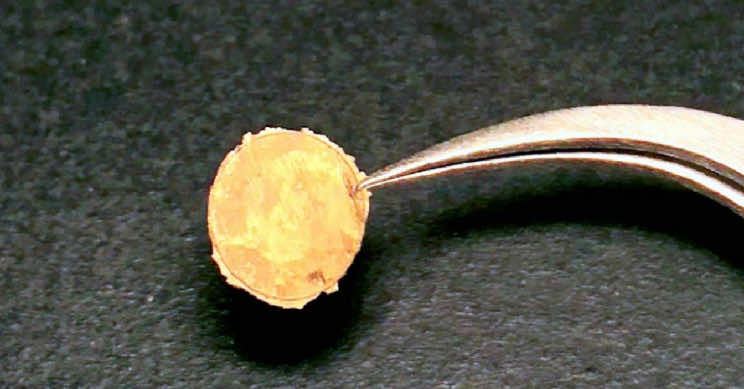Where metallurgy is concerned, it is a simple knowledge that tinier grains create harder metals. But through what process do you get these tiny grains?
A team of Brown University researchers discovered a method for breaking individual metal nanoclusters that results in metals that are almost four times harder than naturally present structures. This latest method is very different from the usual hardening methods.
“Hammering and relative hardening methods are all typical ways of changing grain structure, and it’s challenging to control the grain size you end up having,” Ou Chen stated in a press release, who is an assistant professor of chemistry at Brown and co-author of the latest research.
“What we’ve achieved is to create nanoparticle building blocks that join together when you squeeze them. Through this method, we can get equal grain sizes that can be specifically tuned for advanced properties.”
For this research, the group used nanoparticles of gold, silver, palladium, and various metals and chemically removed them from the organic molecules known as ligands, which usually stop the formation of metal-metal bonds between particles. The clusters were then able to fuse with a bit of pressure applied.
The new metal coins formed with the technique were found to have electrical conduction and light reflectance seemingly identical to standard metals, but their optical properties were extremely changed.
“Because of what’s considered as the plasmonic effect, gold nanoparticles are in reality a purplish-black color,” Chen said. “But when we added pressure, we witness these purplish clusters immediately change to a bright gold color. That’s one of the reasons we knew we had really created bulk gold.”
The researchers are now considering applying the technique to commercial materials as the chemical treatment is comparatively simple to execute. Chen has recently patented the technique and believes great potential or” both for industry and the scientific research community.”

